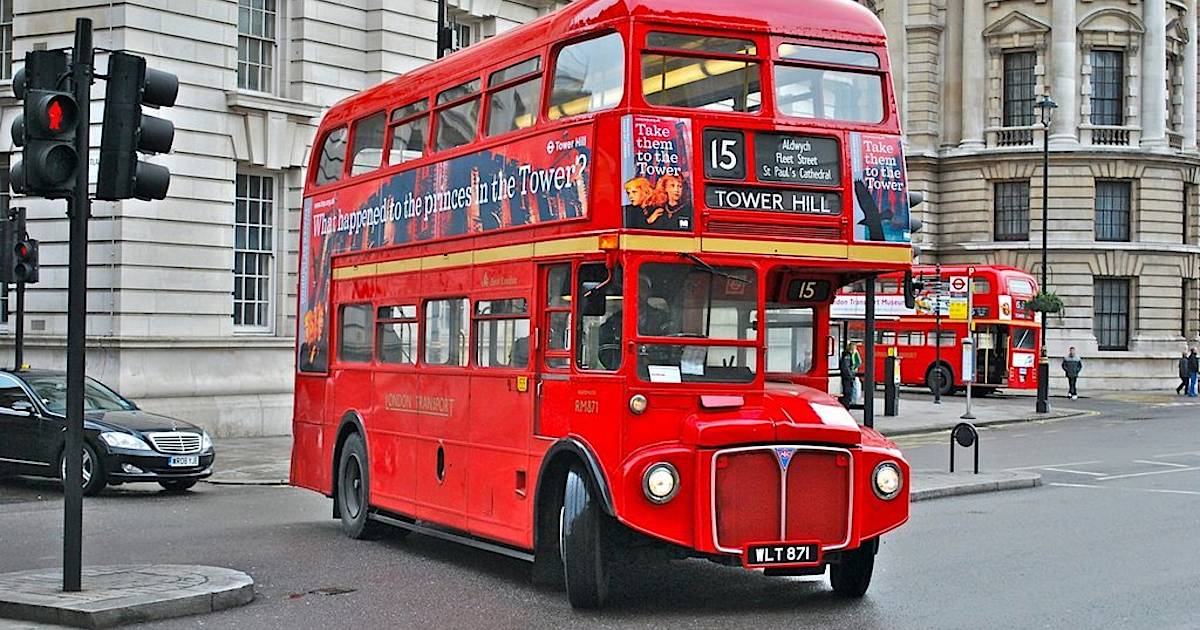
UK transport to be equipped with intelligent lidars
Vortex and Cepton Technologies have teamed up to make UK public transport a vehicle that can be used in real time by traffic police. At the heart of this solution is the V2I (‘Vehicle Infrastructure’) system, known as CURBS. Cepton Technologies supplies intelligent lidar solutions and Vortex develops solutions for the Internet of Things.
Smart lidar properties.
The CURBS system, which continuously scans a city to create a detailed map of it, uses Vortex’s lidars, high-resolution Cepton Vista-P60 sensors, machine learning and artificial intelligence. This is accomplished by enhancing the CURBS solution on the vehicle so that real-time monitoring and 3D scanning can take place. The lidar-equipped CURBS solution, which is installed on public transport, mobile vehicles and refuse collection vehicles, can detect precisely where repairs are needed. In this way problems can be detected at an early stage and maintenance can be carried out quickly.

Benefits of use
The data is transmitted to the CURBS via 5G. It allows the current state of the roads to be determined and informed decisions to optimise traffic management on the city’s roads, e.g. to use preventive measures on sections with high accident rates and to make traffic flow more efficient.
CURBS collects data on traffic, parking, traffic hazards, locations of road objects and potholes. It also collects information related to infrastructure and road maintenance.
The system is being tested in the West Midlands by the WM5G programme, which is concerned with 5G and is sponsored at a government level. Vortex, BT and National Express are collaborating on this project. The plan is to ensure, with the involvement of Marston Holdings, that road users comply with regulations and effectively manage the smart city.
Lidar performance in bad weather conditions
Regardless of the weather and lighting levels, Lidar sensors are always accurate and stable. If enough light needs to be provided for the cameras to work effectively, there is a risk of glare. Since the images from the cameras are two-dimensional, and in most cases there is no exact location and size information, additional computing tools need to be used to process the image and extract useful data.
In addition, the information from Lidar is completely anonymous, ensuring confidentiality without the need for any other security and data management protocols. No biometric data is collected.
